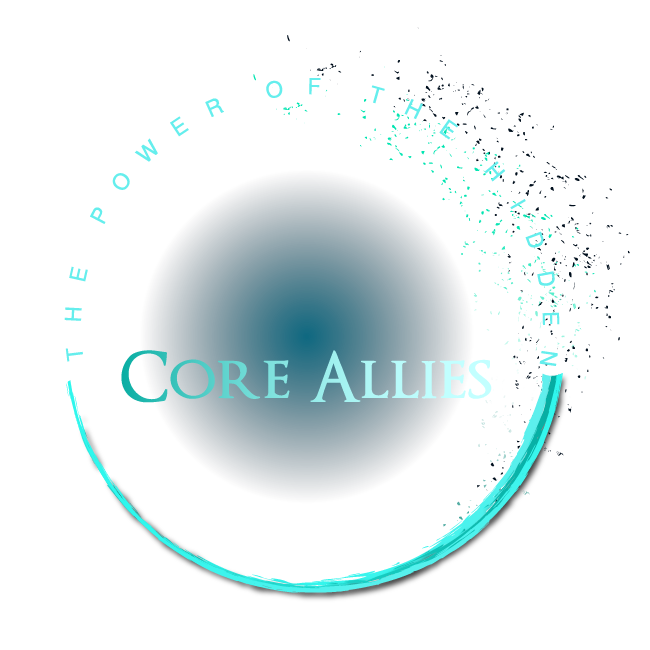How do you learn best?
Tanzania, 1999.
My husband actually likes to read manuals. When we bought a video camera to document our daughter’s life, I was ready to play with it and start making videos as soon as we opened the box. I rarely look at manuals; even if I have problems with something, I will keep playing with it until I figure it out rather than read the instructions. My husband, on the other hand, instinctively reached for the manual, and wouldn’t have even considered turning the camera on until he had absorbed much of the manual’s contents. He’d rather learn how to do something by reading about it than by trying it.
Different people learn, or learn best, in different ways.
There are various possible ways to describe these differences; one approach is to divide people into kinesthetic learners (those who learn best by doing), auditory learners (those who learn best through lectures and discussions), and visual learners (those who learn best through reading and watching). With my preference for hands-on learning, I’m a kinesthetic learner, while my manual-reading husband is a visual learner. Teachers and other educators have long been aware of these differences, which present real challenges when trying to create a single lesson that will engage students with various learning styles; business people face these same challenges when presenting information to co-workers, clients, or other groups.
But while awareness of varying learning styles is important when trying to inform others, it is equally important to consider your personal learning style when you seek out or receive information. If you know what kind of learner you are, you can make sure you acquire most of your information using that method, and also work to compensate in those areas where you are weak.
Know what type of learner you are, and use that knowledge to improve your communications.
I had one client who was definitely a visual learner – she learned best by reading, and found it easiest to communicate her ideas through writing. She worked in marketing, and was good at it, to the extent that she had job offers from two major consumer-goods companies. Knowing her strong tilt towards a visual learning style, I suggested that she investigate the corporate cultures in the two companies, and she discovered that one company used more formal procedures, with most decisions being made on the basis of memos and reports, while the other company was more free-wheeling, with many decisions being made in informal meetings. Based largely on these differences, she ended up accepting the offer from the first, more formal company, and has had quite a successful career there. Had she been unaware of her learning style and taken the offer from the second company without realizing how she clashed with their preferred style, she would probably have been much less successful as her relative inability to learn and communicate in meetings masked her brilliance.
Sometimes, though, you can’t choose how you receive or deliver information. Another client was also visually focused, and he worked in research. Initially he was successful, since much of his job involved absorbing information by reading reports. Because of his success, he was given larger responsibilities, and in his new job he had to collect more and more of his information by interviewing people. Because he was not as good at auditory learning, he was soon struggling; he simply couldn’t absorb or remember the spoken information as well as he had the written reports. And in this case there was no real alternative – the reason he was doing interviews was because there were no written reports to read.
Since he couldn’t change how he was receiving the information, we looked for a way for him to improve his auditory learning, and found it in books-on-tape. Even though he preferred reading to listening, he began to listen to books every day during his commute. He started with novels that were easy to follow, and gradually increased the difficulty level until he was listening to more complex technical books. With this practice, he found it much easier to absorb information through interviews. Reading remains his preferred learning method, but by consciously working at it he is at least a competent auditory learner as well.

